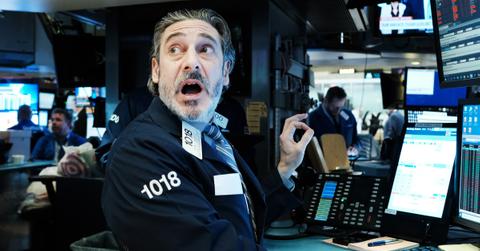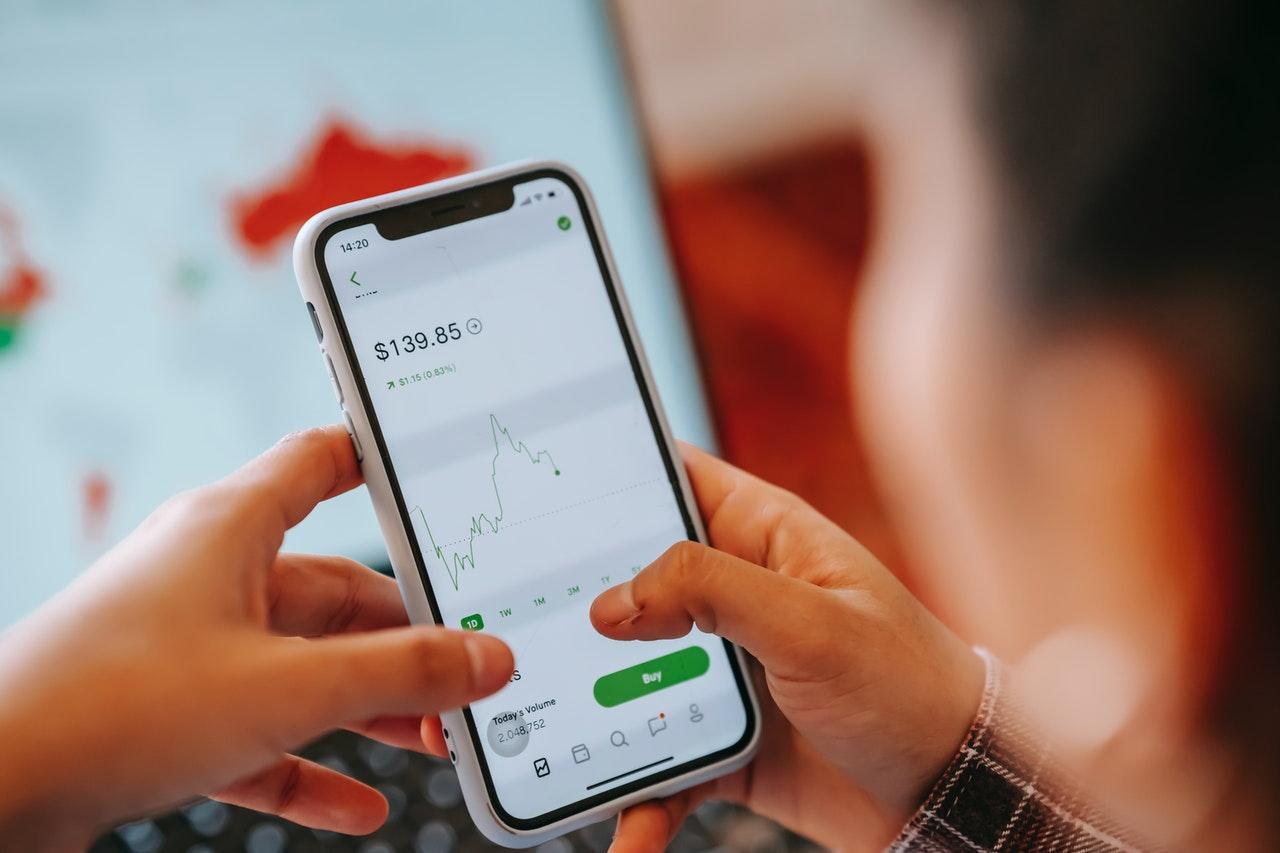What’s a Dead Cat Bounce in Stocks? How It Differs From a Trend Reversal
The rise in U.S. stocks on March 9 looked like a dead cat bounce. What's a dead cat bounce in stocks and how does it differ from a trend reversal?
March 11 2022, Published 8:24 a.m. ET
The S&P 500 rose 2.6 percent on March 9 and clocked its best day in 2022. However, stocks fell the next day, which prompted many to call the surge a dead cat bounce. What's a dead cat bounce in stocks and how does it differ from a trend reversal?
The S&P 500, with dividends included, almost doubled between 2019 and 2021. Overall, 2021 was a very good year for U.S. stocks. Not only did they record their third consecutive year of double-digit returns, but the year was marked by low volatility. With returns above their historical averages and volatility below the long-term average, 2021 was among the best years for U.S. stocks on a risk-adjusted basis.
What’s a dead cat bounce?
A dead cat bounce is similar to what the term means in the literal sense. If a dead cat falls from a distance, it will bounce when it hits the ground, but the bounce is short-lived and the cat is “dead.”
U.S. stock markets have been weak in 2022 due to multiple factors. The most recent factor is the steep rise in crude oil prices amid the Russia-Ukraine war. However, there was a relief rally on March 9, which had all the characteristics of a dead cat bounce.
Simply put, a dead cat bounce is a short-lived bounce in asset prices after a massive fall. Dead cat bounces are common in bear markets. Dead cat bounces are temporary rallies in asset prices resulting from either short covering or bottom fishing by bargain hunters.
However, while bargain hunters might believe that the asset has bottomed, that isn't the case and prices fall again after the brief rally.
A dead cat bounce can be in any traded asset.
A dead cat bounce isn't limited to stocks alone. There can be a dead cat bounce in any traded asset. Especially in commodities, we see several dead cat bounces.
How does a dead cat bounce compare to a trend reversal?
A dead cat bounce and trend reversals are associated with a rise in asset prices after a prolonged fall. That said, a reversal can be on both sides and the asset might reverse an uptrend and signal the beginning of a downtrend.
The key difference between a reversal and a dead cat bounce is sustainability. While dead cat bounces quickly fade away, reversals last a long time. Some of the reversals even signal a long-term bull market after a prolonged bear market.
Here's how to determine if the bounce is a dead cat or a reversal.
It's always easy to identify a dead cat bounce after the fact. However, in real-time, it might look similar to a reversal. It's tough to differentiate between the two when a bounce is in action.
At times, we can draw some inferences about the nature of the bounce. Looking at the current markets, there are multiple risks. Inflation threatens to rise to double digits and the Federal Reserve looks set to raise rates at its March meeting. The supply chain situation has worsened and the growth outlook has weakened.
Also, market valuations are still above historical averages. Given the current macro environment, there's more room for U.S. stocks to fall. This would mean that the nice little rally that we saw was a dead cat bounce.



